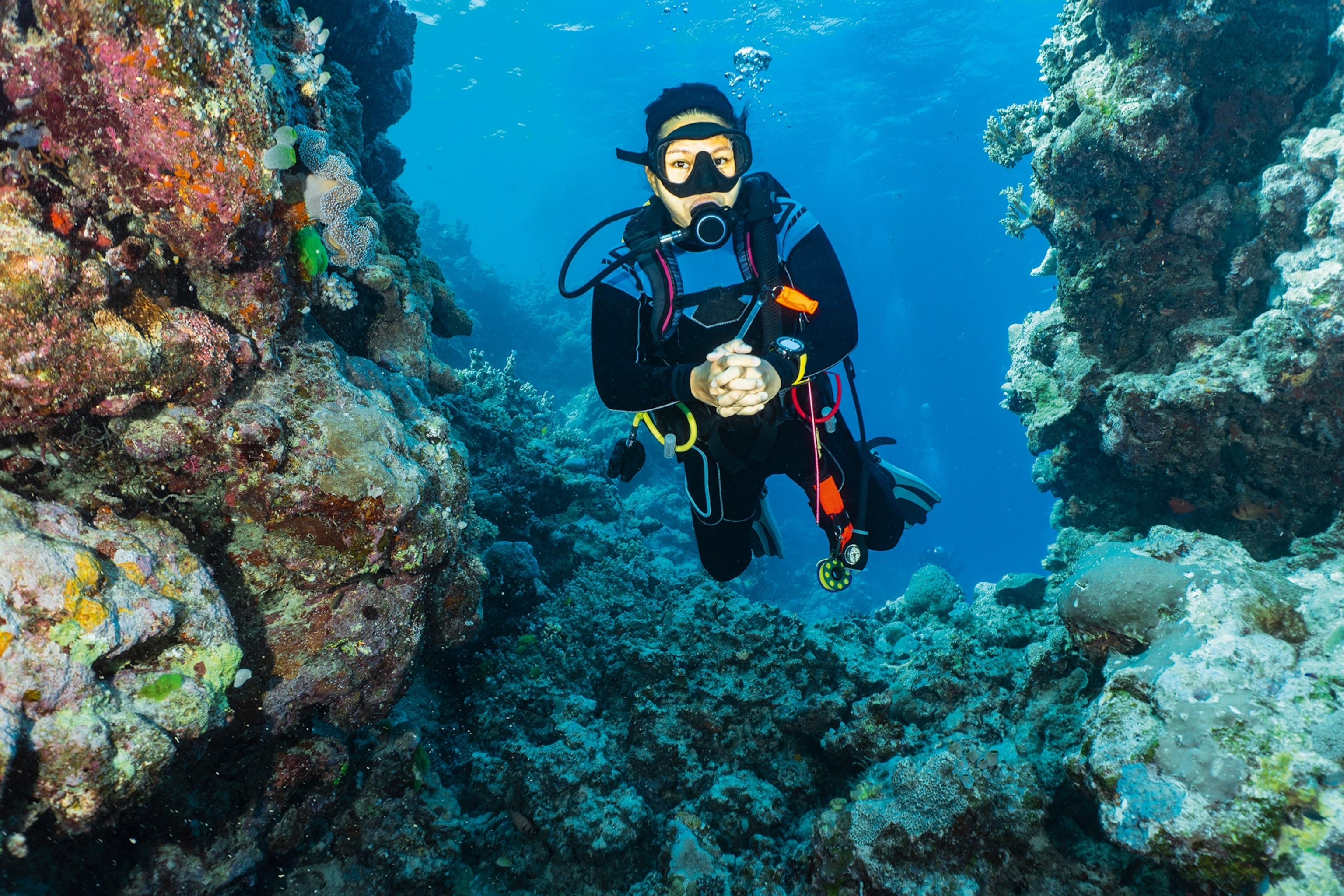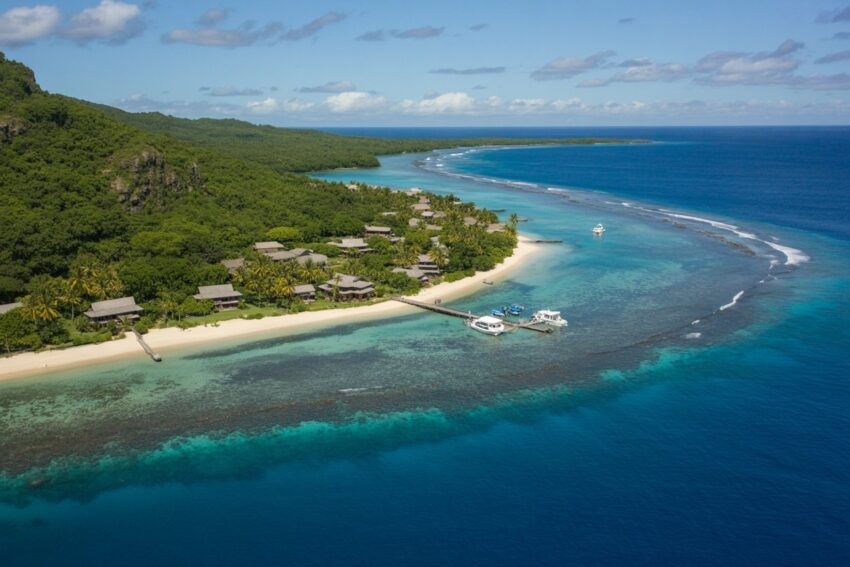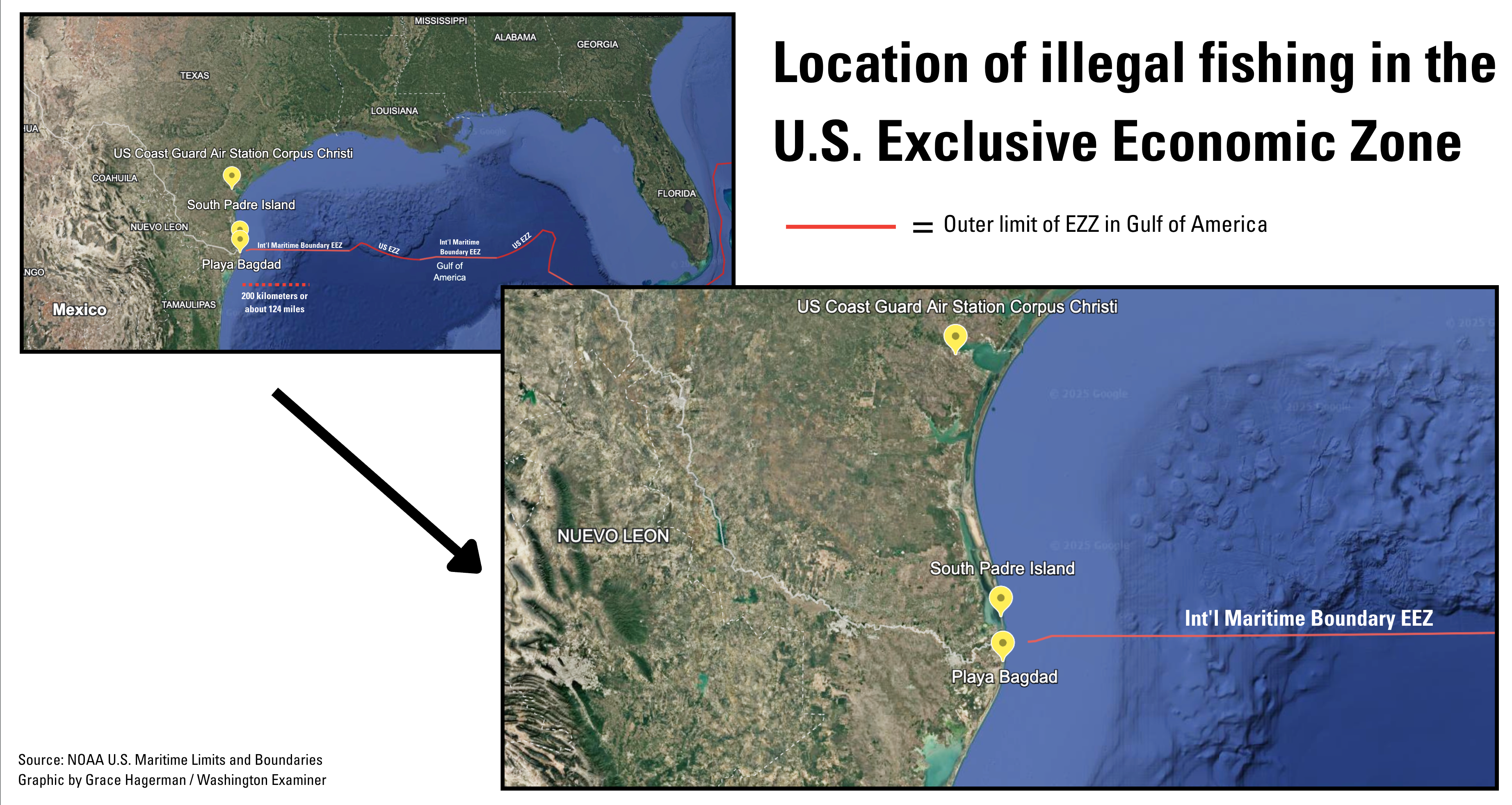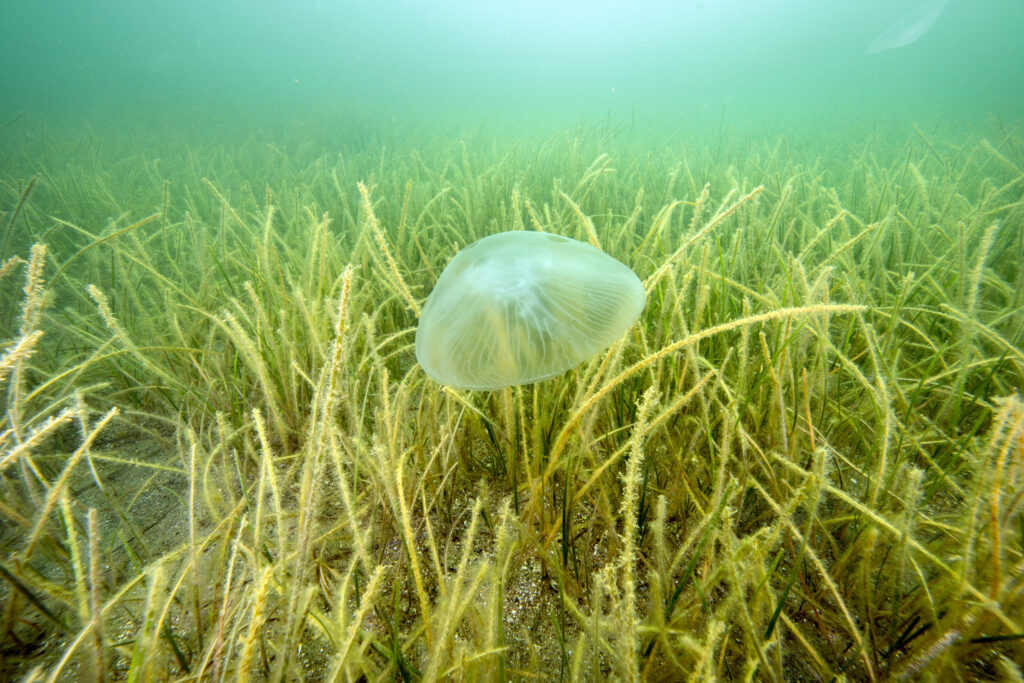Report on Sustainable Tourism and Marine Conservation in the Great Barrier Reef
Introduction: Assessing Ecosystem Health and the Role of Ecotourism
An expedition was undertaken to the Great Barrier Reef to assess the condition of the marine ecosystem and evaluate the role of sustainable tourism in its conservation. This report analyzes the findings in the context of the United Nations Sustainable Development Goals (SDGs), particularly SDG 14 (Life Below Water), SDG 8 (Decent Work and Economic Growth), SDG 12 (Responsible Consumption and Production), SDG 13 (Climate Action), and SDG 17 (Partnerships for the Goals).
Ecotourism as a Mechanism for Achieving SDG 14 (Life Below Water)
Marine Biodiversity Observations
Dives conducted in the remote Ribbon Reefs, a chain of 10 coral formations at the northern tip of the Great Barrier Reef, revealed a vibrant and diverse ecosystem. Observations confirmed the presence of:
- Abundant fish populations, including hundreds of giant trevally.
- Healthy predator populations, such as whitetip reef sharks and moray eels.
- Diverse coral structures, including brain and staghorn coral, serving as critical habitats.
The health of these remote sections demonstrates the reef’s resilience and underscores the importance of protecting such biodiversity hotspots to meet the targets of SDG 14.
The Master Reef Guides Initiative: Fostering Conservation and Education
A key component of the region’s sustainable tourism model is the Master Reef Guides program, a partnership initiative by the Great Barrier Reef Marine Park Authority that directly supports marine conservation.
- Purpose: To enhance visitor understanding of the reef and promote its protection.
- Qualifications: Guides must possess extensive local experience, work for an accredited eco-operator, and complete rigorous training in reef ecology and conservation science.
- Contribution to SDG 14: Guides lead citizen science projects, such as Eye on the Reef, where tourists collect and record data on species, coral health, and threats like the crown-of-thorns starfish. This data is vital for scientific monitoring and targeted conservation efforts.
Integrating Economic and Environmental Goals (SDG 8 & SDG 12)
The Economic Imperative of Responsible Tourism
The expedition highlighted the critical link between tourism and the conservation of the Great Barrier Reef, aligning with SDG 8 (Decent Work and Economic Growth) and SDG 12 (Responsible Consumption and Production).
- Conservation Funding: Sustainable tourism is a primary source of funding for conservation activities. A recent decline in visitor numbers threatens the financial viability of these efforts.
- Ecosystem Monitoring: Tourism operators provide a consistent presence in remote areas, acting as stewards who monitor the reef and report illegal activities, such as unauthorized fishing.
- Economic Impact: Less tourism directly translates to fewer patrols, reduced data collection, and diminished funding for conservation, demonstrating that a responsible tourism economy is essential for protecting the marine environment.
Addressing Climate Change and Fostering Partnerships (SDG 13 & SDG 17)
Climate Change Impacts and Reef Resilience
The primary threat to the Great Barrier Reef is climate change, specifically rising ocean temperatures, which cause coral bleaching. This directly relates to the urgency of SDG 13 (Climate Action).
- Observed Resilience: The Ribbon Reefs exhibit greater resilience, attributed to cooler ocean currents and the presence of more resistant coral species. These areas demonstrate that with effective management and global climate action, parts of the reef can recover.
- Tipping Point: Scientists warn that without significant global action to reduce emissions, the entire reef system is approaching a critical tipping point from which it may not recover.
Collaborative Conservation Efforts at Lizard Island
Lizard Island exemplifies the power of partnerships (SDG 17) in advancing marine science and conservation.
- Research Hub: The Lizard Island Research Station has been a global center for reef study since 1973, facilitating crucial scientific understanding.
- Multi-Stakeholder Model: The island represents a successful collaboration between scientific institutions, luxury ecotourism (Lizard Island Resort), and conservation authorities. This partnership model is essential for the long-term management and protection of the reef.
Conclusion: The Indispensable Role of Sustainable Tourism
Summary of Findings
The Great Barrier Reef remains a living, breathing, and extraordinarily diverse ecosystem, particularly in its more remote regions. However, it faces existential threats from climate change. This report concludes that well-managed, sustainable tourism is not a burden on the ecosystem but a vital component of its conservation strategy.
Recommendations
To support the long-term health of the Great Barrier Reef and advance the Sustainable Development Goals, the following actions are recommended:
- Promote and support responsible tourism to the reef, as it provides essential funding and monitoring for conservation efforts (SDG 8, SDG 14).
- Encourage tourist participation in citizen science programs to contribute valuable data for reef management (SDG 14, SDG 17).
- Advocate for decisive global climate action to mitigate rising ocean temperatures, addressing the root cause of coral bleaching (SDG 13).
Analysis of Sustainable Development Goals in the Article
1. Which SDGs are addressed or connected to the issues highlighted in the article?
The article on the Great Barrier Reef addresses several Sustainable Development Goals (SDGs) through its discussion of marine conservation, the impact of climate change, the role of sustainable tourism, and collaborative efforts to protect the ecosystem.
- SDG 14: Life Below Water: This is the most prominent SDG, as the entire article focuses on the marine ecosystem of the Great Barrier Reef, its biodiversity, the threats it faces (bleaching, rising temperatures), and conservation efforts.
- SDG 8: Decent Work and Economic Growth: The article connects the health of the reef to the tourism industry. It highlights how sustainable tourism, through “accredited eco-operator” businesses, supports conservation and how a “significant drop in visitor numbers” threatens this economic model and its conservation benefits.
- SDG 13: Climate Action: The article directly links the reef’s decline to climate change, mentioning that it is “struggling to cope with rising ocean temperatures” which leads to coral bleaching. This implicitly calls for action to mitigate climate change to protect marine life.
- SDG 17: Partnerships for the Goals: The article describes a multi-stakeholder partnership involving the “Great Barrier Reef Marine Park Authority” (a public body), tourism operators like “Spirit of Freedom” (private sector), and recreational divers (civil society) who participate in citizen science projects.
2. What specific targets under those SDGs can be identified based on the article’s content?
Based on the issues discussed, several specific SDG targets can be identified:
-
Target 14.2: By 2020, sustainably manage and protect marine and coastal ecosystems to avoid significant adverse impacts, including by strengthening their resilience, and take action for their restoration in order to achieve healthy and productive oceans.
- Explanation: The article’s core theme is the protection of the Great Barrier Reef. It discusses the fragility of the ecosystem, the impact of bleaching, and the resilience of certain areas like the “Ribbon Reefs,” which have “more resistant coral species” and recover faster.
-
Target 14.4: By 2020, effectively regulate harvesting and end overfishing, illegal, unreported and unregulated (IUU) fishing and destructive fishing practices.
- Explanation: The article mentions the important role of tourism operators in remote areas for “reporting any illegal fishing boats,” which directly contributes to combating IUU fishing.
-
Target 14.a: Increase scientific knowledge, develop research capacity and transfer marine technology.
- Explanation: The article highlights the “Lizard Island Research Station” and the “Eye on the Reef” citizen science project, where divers “contribute to research data by recording what they see.” This demonstrates an effort to increase scientific knowledge and research capacity.
-
Target 8.9: By 2030, devise and implement policies to promote sustainable tourism that creates jobs and promotes local culture and products.
- Explanation: The article describes a model of sustainable tourism where “Master Reef Guides” work for an “accredited eco-operator.” It emphasizes that this form of tourism is vital for conservation, as “less tourism means fewer patrols, fewer surveys and less funding.”
-
Target 13.3: Improve education, awareness-raising and human and institutional capacity on climate change mitigation, adaptation, impact reduction and early warning.
- Explanation: The “Master Reef Guides” program, created by the Great Barrier Reef Marine Park Authority, is an initiative to “help visitors better understand and protect the reef.” The guides undergo “rigorous training in reef ecology and conservation,” raising awareness among tourists about the impacts of climate change, such as rising ocean temperatures.
-
Target 17.17: Encourage and promote effective public, public-private and civil society partnerships.
- Explanation: The collaboration between the public Great Barrier Reef Marine Park Authority, private eco-tourism operators, and civil society (recreational divers) in the “Eye on the Reef” program is a clear example of a partnership aimed at achieving a common conservation goal.
3. Are there any indicators mentioned or implied in the article that can be used to measure progress towards the identified targets?
The article mentions or implies several indicators that can be used to track progress:
- Coral Health and Coverage: The article implies this indicator when divers are given slates to record “any visible bleaching or damage to coral.” This data helps scientists “pinpoint which areas are healthiest.”
- Citizen Science Data Contribution: The volume of data collected through the “Eye on the Reef” program serves as an indicator of public engagement and scientific monitoring capacity. This includes records of “sightings of key or invasive species” like the crown-of-thorns starfish.
- Reports of Illegal Fishing: The number of reports of “illegal fishing boats” made by tourism operators can be used as an indicator for monitoring and enforcement efforts against IUU fishing.
- Number of Trained Guides: The article states there are “146 Master Reef Guides.” This number serves as a direct indicator of the capacity for education and awareness-raising on the reef.
- Tourist Visitor Numbers: The article explicitly mentions a “significant drop in visitor numbers” as a threat to conservation funding. Tracking these numbers is an indicator of the economic sustainability of the tourism-conservation model.
4. Summary Table of SDGs, Targets, and Indicators
| SDGs | Targets | Indicators |
|---|---|---|
| SDG 14: Life Below Water |
14.2: Sustainably manage and protect marine and coastal ecosystems.
14.4: End illegal, unreported and unregulated fishing. 14.a: Increase scientific knowledge and research capacity. |
Records of “visible bleaching or damage to coral.”
Number of reports of “illegal fishing boats.” Volume of “citizen-collected data” from projects like “Eye on the Reef,” including sightings of key or invasive species. |
| SDG 8: Decent Work and Economic Growth | 8.9: Promote sustainable tourism. |
“Visitor numbers to the Great Barrier Reef.” Number of “accredited eco-operator” businesses. |
| SDG 13: Climate Action | 13.3: Improve education and awareness-raising on climate change. | The number of trained “Master Reef Guides” (146 mentioned). |
| SDG 17: Partnerships for the Goals | 17.17: Encourage effective public, public-private and civil society partnerships. | Existence of and participation in collaborative projects like “Eye on the Reef” involving government authorities, private operators, and citizens. |
Source: nationalgeographic.com







